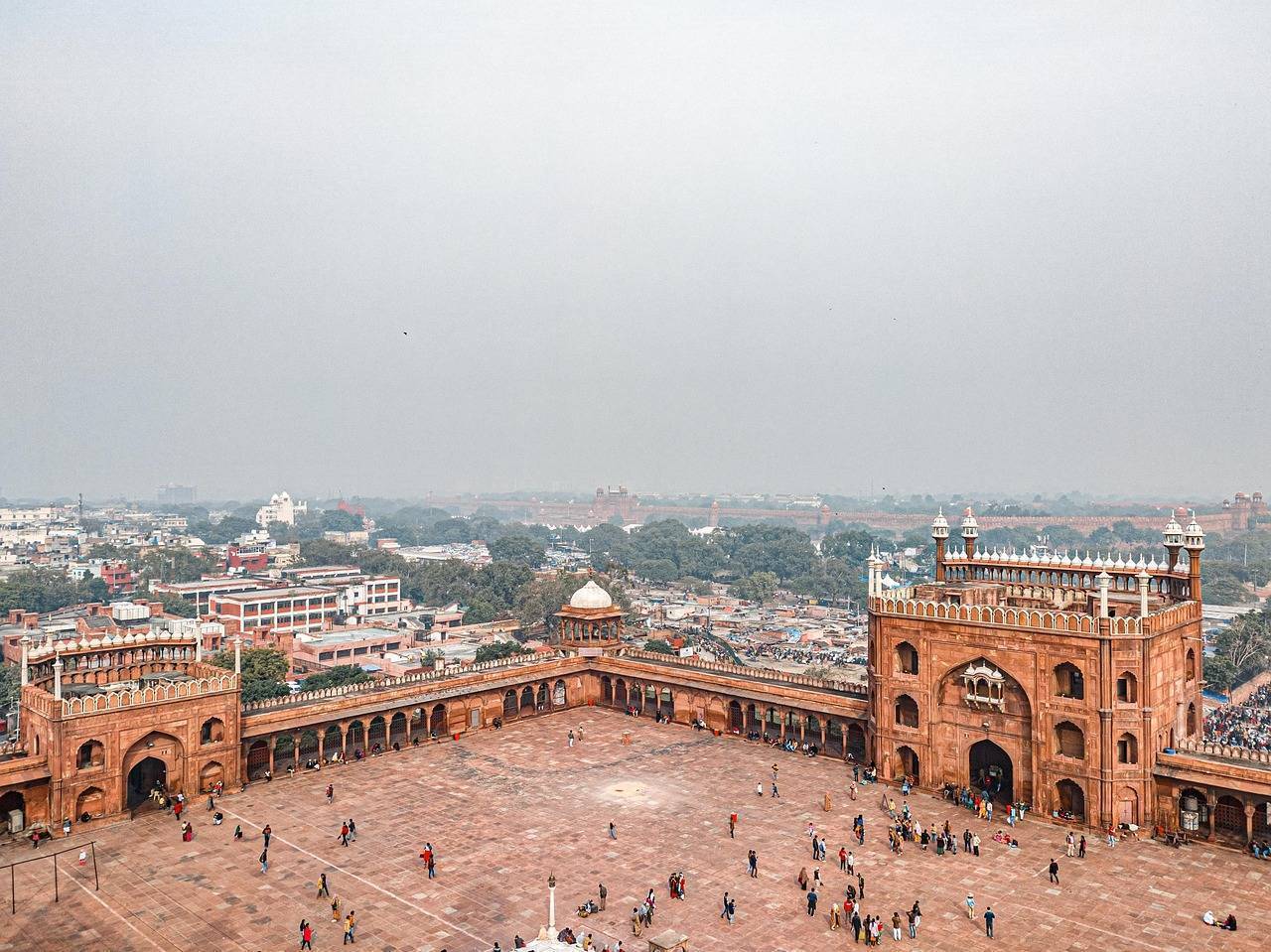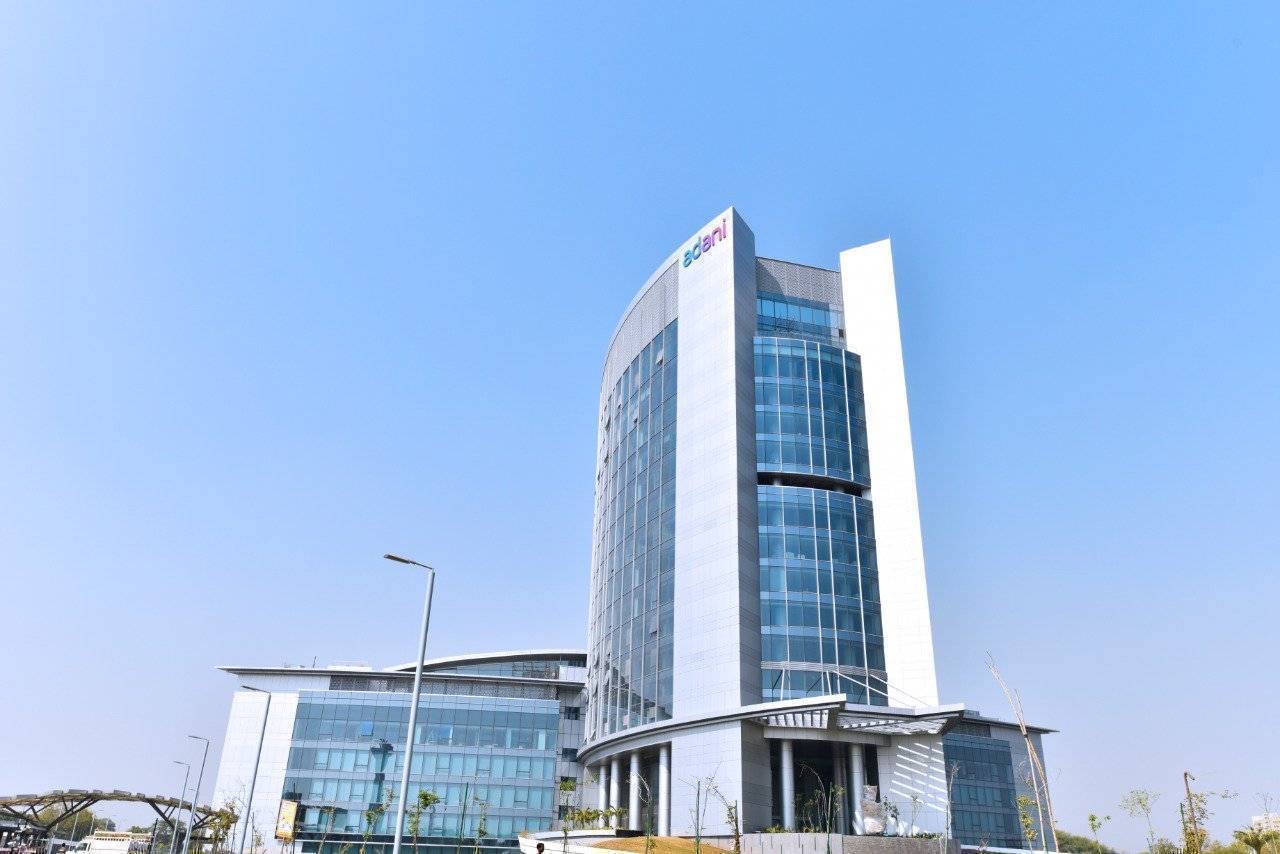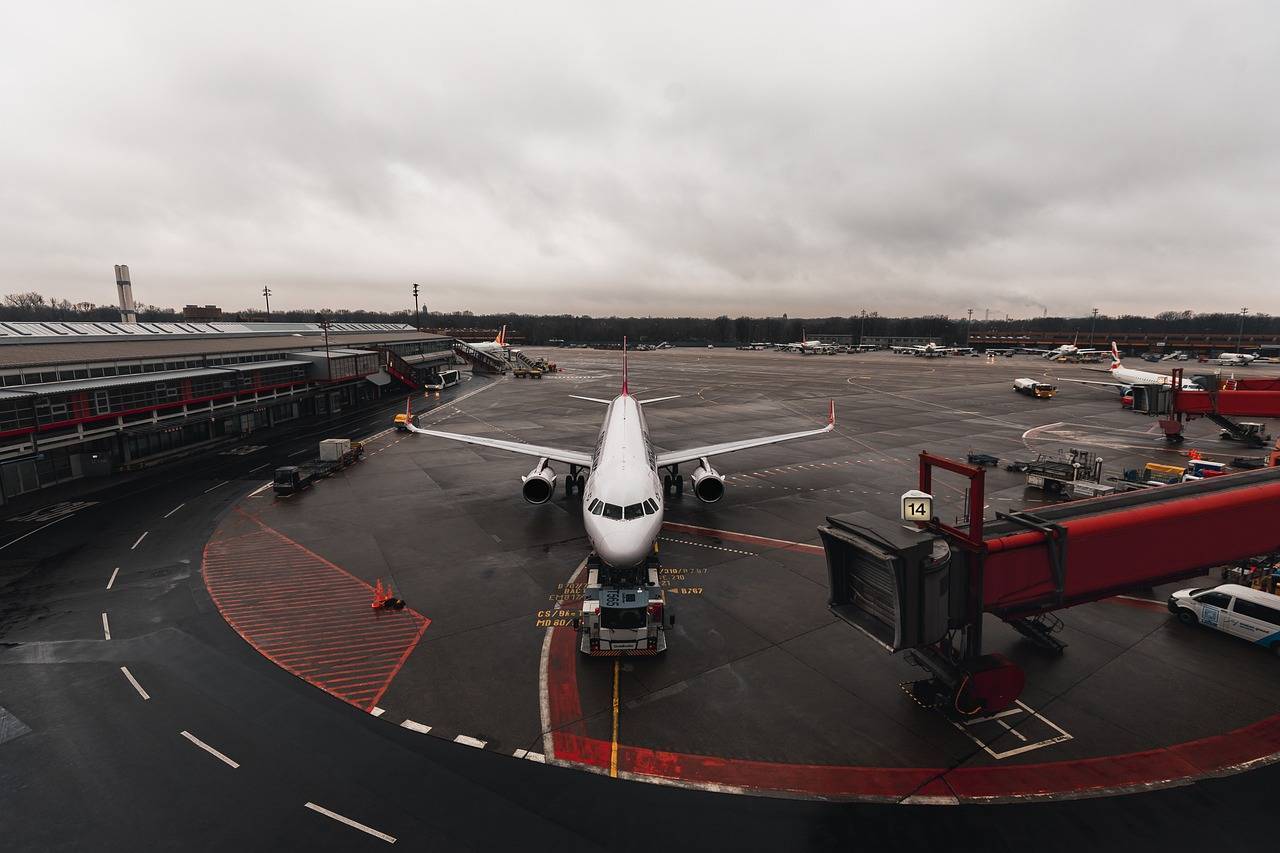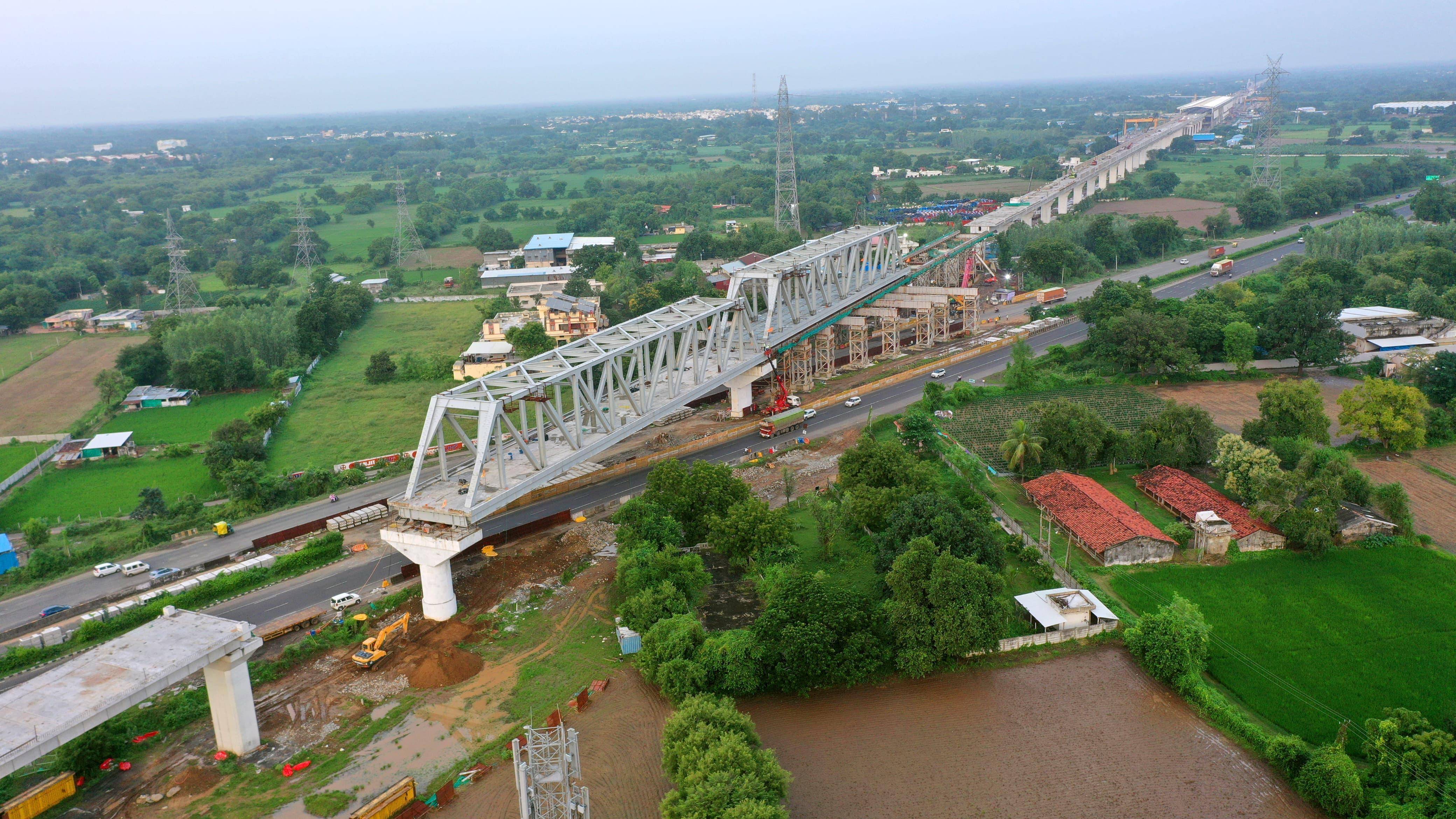As Chinese cities continue expanding their urban infrastructure, challenges related to air pollution, construction noise, and community disturbance have drawn closer scrutiny. In response, a large inflatable dome, erected over a building site in Jinan, Shandong Province, has emerged as a notable solution. Measuring 50 metres in height and covering nearly 20,000 square metres, the dome marks a significant shift in environmental management practices on construction sites.
Enclosing Construction for Dust and Noise Control
The primary goal of the dome is twofold: limiting airborne dust generated by on-site activity and dampening construction noise in surrounding areas. Activities such as excavation, drilling, and concrete mixing release particulate matter, often affecting nearby residential zones. Heavy machinery, meanwhile, contributes to sustained high noise levels.
By enclosing the entire work area, the dome contains dust within its sealed perimeter, preventing it from drifting into neighbouring properties. At the same time, it reduces sound transmission, making operations less disruptive in dense urban environments. This approach allows construction to proceed with fewer delays related to resident complaints or time-bound work restrictions.
Structural Design and Air System
Constructed from lightweight, reinforced polymer membranes, the dome stands without internal columns or frames. It maintains its shape through constant air pressure, supplied by industrial-grade blowers. The absence of support beams allows for uninterrupted work inside, with cranes, trucks, and crews operating freely within the enclosure.
The structure also includes transparent panels that let in natural daylight, reducing electricity consumption during daytime hours. According to technical reports from The Bridge Chronicle and Times Now News, the dome employs negative pressure zones and air filtration units to capture fine particulate matter before it can escape the internal environment. This ensures the internal air remains safe for workers, while also protecting nearby air quality.
An automated digital system monitors and regulates internal pressure, air circulation, and structural tension. These systems are designed to respond in real time to changes in external temperature or minor membrane leaks, preserving stability.
Rapid Assembly and Urban Suitability
The Jinan dome is part of a growing trend in China to use modular and rapidly deployable systems for construction site management. Prefabricated components are transported in compact units and assembled on-site with minimal disruption. This makes the dome well-suited for projects where speed and environmental compliance are priorities.
Located in a developed urban zone, the Jinan site is surrounded by residential blocks and commercial buildings. The decision to install the dome was taken in coordination with municipal authorities, who viewed it as a step toward meeting more rigorous environmental and social governance (ESG) targets without delaying construction timelines.
Public Response and Media Attention
On July 2, China’s Foreign Ministry spokesperson Mao Ning shared visuals of the dome on Facebook, calling it an innovation that helps “protect nearby communities and the environment.” A TikTok video posted by ITV News on July 4, showing a time-lapse of the dome inflating over several hours, quickly went viral—garnering over 2.6 million views. The structure’s massive scale and visual presence in a built-up area attracted a mix of praise and curiosity online.
Social media users highlighted the dome’s environmental potential. One commenter described it as “a clever way to protect both the environment and the people living nearby.” Others were intrigued by the technical logistics of producing and assembling such a large-scale membrane.
Adoption Potential and Limitations
While the dome addresses pressing urban concerns, it is not without trade-offs. The initial investment is higher than for traditional dust nets or sound barriers. Continuous power is needed to maintain air pressure and support ventilation systems. There are also questions about how the structure performs during extreme weather—such as typhoons or snowfall.
Moreover, the dome is most effective on flat, open plots. Sites with irregular layouts, height constraints, or utility infrastructure may require special adaptations or may be unsuitable altogether. Long-duration projects may also incur added maintenance costs, including membrane wear or mechanical servicing.
Despite these limitations, China’s inflatable dome concept reflects an important development in environment-conscious construction. As urban areas become denser and residents increasingly demand low-impact infrastructure, domes like the one in Jinan offer a viable path forward—particularly for short- to mid-term projects near residential zones, hospitals, or schools.
These air-supported structures are now being considered for other uses, including enclosed logistics zones, temporary industrial workshops, and even emergency shelters in disaster-prone areas. There is also growing interest in developing sensor-equipped domes that can feed real-time data on air quality and sound levels to supervisors, enabling dynamic adjustments to construction operations.
The inflatable dome in Jinan stands as a clear example of China’s attempt to balance rapid urban development with environmental control. It signals a move toward integrated, data-informed, and community-sensitive construction practices. While scalability and cost will define its broader adoption, the project marks an important milestone in redefining how urban construction sites interact with their surroundings.
Photo: Mao Ning, Chinese Foreign Ministry Spokesperson / Facebook









.png)